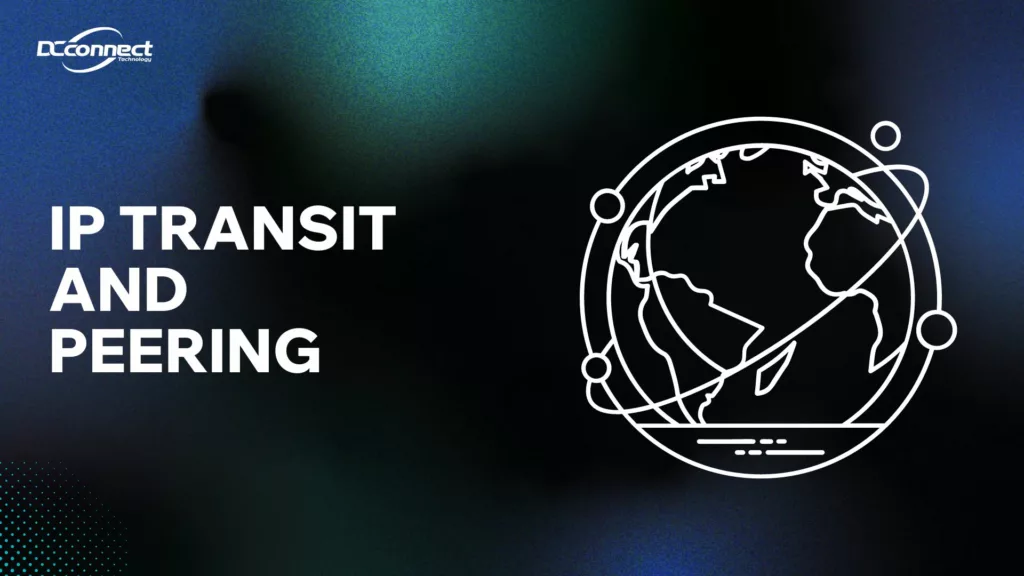
In the vast landscape of the internet, there are essential mechanisms that facilitate the flow of data between different networks. Two fundamental methods stand out: IP Transit and Peering. Let’s explore these concepts in simple terms to understand how they shape our online experience.
IP Transit: Connecting to the World

Imagine your network as a small town seeking to connect with the bustling cities of the internet. IP Transit is like paying for a highway pass to reach those cities. In this scenario:
- Your network (the small town) pays a transit provider (the highway operator) to access the entire internet (the cities).
- The transit provider has extensive connections to various other networks and the internet backbone, acting as a gateway for your network to reach the broader online world.
- You pay based on the amount of data transferred or a fixed monthly fee, similar to paying tolls based on distance traveled.
IP Transit is often preferred by smaller ISPs or networks that lack direct connections to many other networks. It provides them with reliable access to the internet without the need to establish numerous individual connections.
Peering: Direct Connections for Mutual Benefit

Now, picture two towns with similar trade volumes deciding to build a direct road between them for faster and more cost-effective trade. That’s peering in action:
- Peering is a mutual agreement between two networks to exchange traffic directly, without monetary transactions.
- Networks peer at internet exchange points (IXPs) or through direct private connections, bypassing the need to route traffic through third-party transit providers.
- This arrangement is beneficial when both networks have comparable traffic volumes to exchange, making it economically viable for them to connect directly.
Peering relationships can be either settlement-free, where neither party pays, or involve paid peering agreements, where one network compensates the other for the traffic exchanged.
Conclusion: Building Bridges in the Digital World
In the intricate web of the internet, IP Transit and Peering serve as essential bridges, connecting networks and facilitating the exchange of data. While IP Transit provides access to the entire internet through paid agreements, Peering fosters direct connections between networks for mutual benefit.
Understanding these basic concepts sheds light on the infrastructure that powers our online interactions, making the vast expanse of the internet a little more comprehensible.



